Patricia Lopez: Chicago's ICE raids aren't just about crime or even immigration
Published in Op Eds
It should be obvious by now that President Donald Trump’s deliberately aggressive incursions into blue cities are not about curbing crime, but about exercising raw power. Militarizing Immigration and Customs Enforcement, attempting to federalize National Guard troops and issuing threats to jail opponents — these are not the actions of a leader intent on improving public safety.
Consider the president’s foray into Chicago, where the crackdown has been among the most fearsome — and contested. In recent weeks, ICE agents have stormed a South Side apartment building in a scene out of a bad Rambo sequel: a nighttime raid with federal agents rappelling down the sides of buildings, kicking in doors and hauling residents out of bed. Countless episodes of needless brutality against immigrants have followed, captured on video. Tensions between ICE and local police have flared. On Tuesday, a car crash involving Border Patrol agents triggered a standoff in an East Side neighborhood, with residents throwing rocks and agents firing tear gas and pepper balls into the crowd.
Although the targets of the raids are undocumented immigrants, federal agents have also taken down protesters and journalists. At one demonstration, an agent fired a pepper ball at the back of the head of a minister, knocking him to the ground. Other agents continued firing at the minister, who was also tear-gassed directly in the face. On a different occasion, a journalist was violently flung to the ground by masked agents and cuffed while lying face-down in the street.
I grew up in Chicago. It is a brawny, boisterous city, proud of its immigrant heritage and unaccustomed to bending the knee. Trump seems determined to punish the Windy City in a way that has little to do with immigration or crime and everything to do with it being a diverse, Democrat-run metropolis.
What Trump is doing in Chicago feels different and more dangerous than his forays into other U.S. cities. At every turn, the president has escalated. He federalized the Illinois National Guard over the objections of Illinois Governor JB Pritzker and called on Texas Governor Greg Abbott to provide hundreds more troops — a move that has been temporarily blocked by a federal judge who said Guard troops would “only add fuel to the fire.” On Tuesday, John Sandweg, a former acting ICE director, told Politico, “All of this is unprecedented. I don’t think we’ve ever seen a nationwide immigration enforcement effort like this.”
Trump has also said that Pritzker and Chicago Mayor Brandon Johnson should be jailed. Such threats can no longer be dismissed as mere talk, coming on the heels of Trump’s public pressure on Justice Department lawyers to indict his perceived political enemies. Pritzker’s response: “Trump is now calling for the arrest of elected representatives checking his power. What else is left on the path to full-blown authoritarianism?”
Very little, it would seem.
Perhaps that’s why, in a rare break in the GOP ranks, Republican Oklahoma Governor Kevin Stitt had sharp words for Trump’s actions in Chicago. “Oklahomans would lose their mind if Pritzker in Illinois sent troops down to Oklahoma during the Biden administration,” he said, noting that it violated principles of federalism and state sovereignty. Stitt is, not coincidentally, the head of the National Governors Association.
More Republican governors must signal their growing unease with Trump’s authoritarian flex in Illinois. Trump’s actions there are simply incompatible with representative democracy.
The pattern is becoming increasingly evident: Trump cracks down on cities in blue states and gives a pass to those in red states with higher crime rates and far more undocumented immigrants. This summer, Chicago experienced its lowest homicide rate since the 1960s and overall violent crime has dipped to a near 40-year low. And the number of undocumented immigrants in Illinois — roughly half a million — is far less than the roughly two million each in California and in Texas, not to mention the 1.6 million in Florida.
Trump has been candid about his desire to punish cities and states that provide “sanctuary” to undocumented immigrants or that refuse to allow their police to become extensions of federal enforcement. That punishment is playing out now in Chicago.
Courts have become one of the last remaining bulwarks in this clash of wills and state sovereignty, at least for now. In her temporary injunction blocking Trump from deploying Texas guard troops in Chicago, federal Judge April Perry ruled that the Trump administration had violated the 10th and 14th amendments, and that she had seen “no credible evidence that there is a danger of a rebellion in the state of Illinois.” Over the weekend, an appellate judge ruled that although Trump could federalize National Guard troops, he is temporarily barred from deploying them. Vice President JD Vance said after that ruling that the Trump administration will “litigate this as much as we can.”
So far, Chicagoans, with their long history of social protest, have largely abstained from violence. Instead, they have mostly found other, more creative ways to resist — to the growing annoyance of ICE. (Such subversion is a hallmark of authoritarian states.) Chicago Mayor Brandon Johnson has designated city property as “ICE-free zones,” barring parks, schools, libraries and other city property from being used for enforcement activities. Small businesses are forming coalitions that deny ICE access, including to their restroom facilities. Parents are patrolling streets to shield children as they travel to school. Volunteers are delivering groceries to those fearful of leaving their homes. Drivers who spot ICE vehicles trail them, honking to warn others. On the South Side, residents in the heavily Mexican neighborhood of Little Village blow whistles to indicate that agents are in the area.
Federal agents remain undeterred, pushing boundaries with heavy-handed tactics. On Sunday, they showed up outside St. Jerome Catholic Church in Rogers Park during a Spanish Mass.
I have repeatedly pointed out the Biden administration’s failings on immigration, and given the Trump administration credit for securing the border. Criminals who are here illegally should be deported. But frightened parishioners cowering inside a church? That’s an image from an authoritarian state — not something I want to see in the United States of America.
____
This column reflects the personal views of the author and does not necessarily reflect the opinion of the editorial board or Bloomberg LP and its owners.
Patricia Lopez is a Bloomberg Opinion columnist covering politics and policy. She is a former member of the editorial board at the Minneapolis Star Tribune, where she also worked as a senior political editor and reporter.
©2025 Bloomberg L.P. Visit bloomberg.com/opinion. Distributed by Tribune Content Agency, LLC.
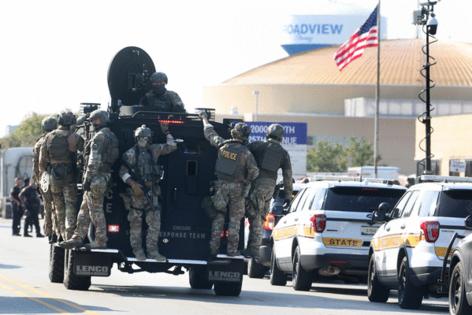


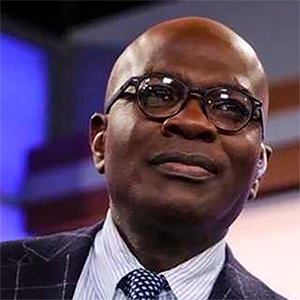



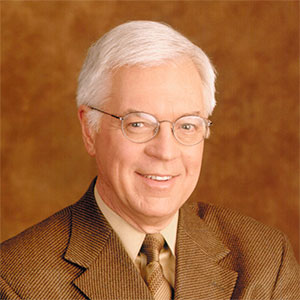

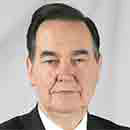









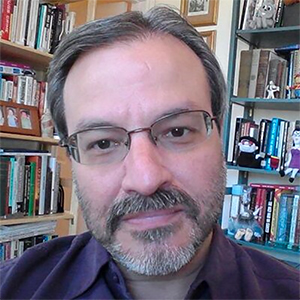



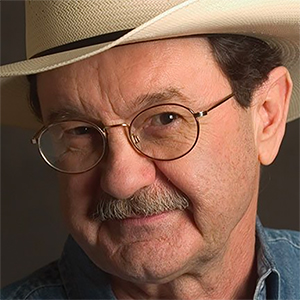



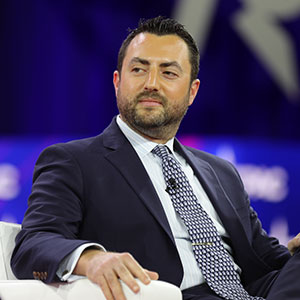
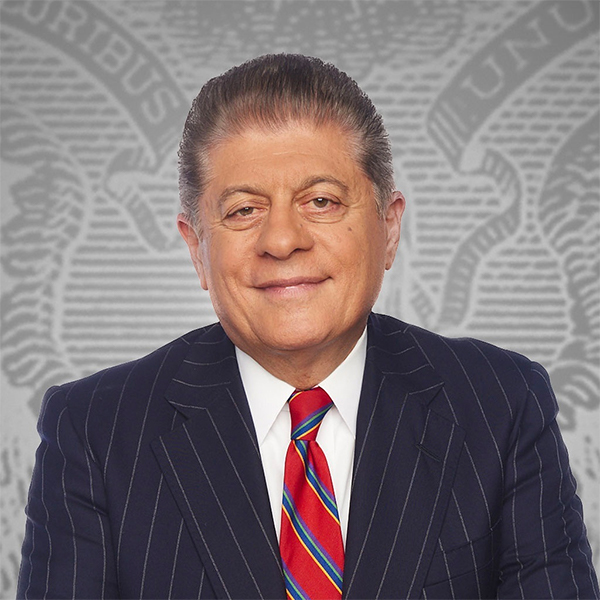






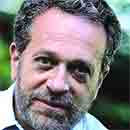
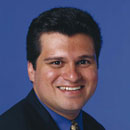






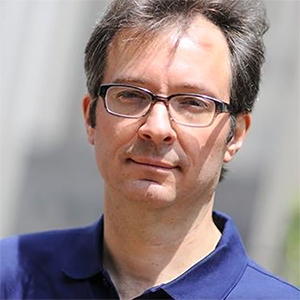
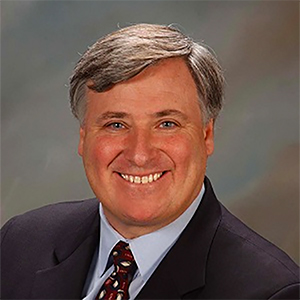




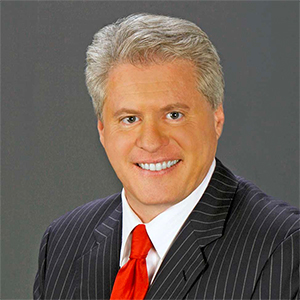
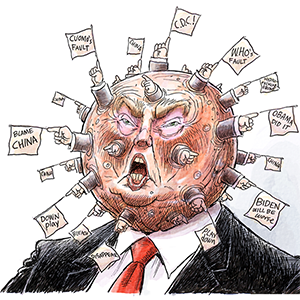




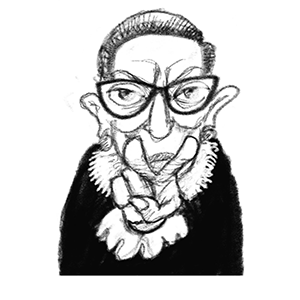
Comments